Hacker Game Interface with Diegetic Elements - Interface Design
- bvieriu246
- Feb 25, 2022
- 2 min read
Updated: Nov 15, 2024
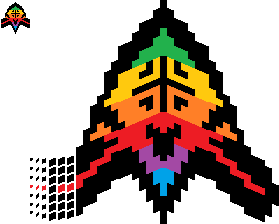
For this module I had to implement the base interface of an imaginary game of any type and genre.
I chose to go with a mix of a realistic FPS mixed with a Hacking Simulator. I took inspiration from different games, for example:
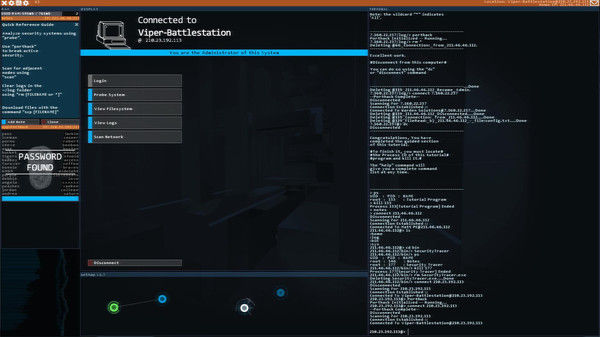
Hacknet (https://store.steampowered.com/app/365450/Hacknet/) A great looking game, more in the realm of a fast paced hacking simulator with network connection puzzles and interesting hacker lore released back in 2015. (Played all of the game, completed the main game and the DLC)

Uplink (https://store.steampowered.com/app/1510/Uplink/) An old hacking simulator game, very raw by today's standard and very Holywood inspired released back in 2001. (Played a bit of it, very confusing at first, but I slowly started to understand what was happening)
NITE Team 4 - Military Hacking Division (https://store.steampowered.com/app/544390/NITE_Team_4__Military_Hacking_Division/) a great hacking simulator, basically a modern version of the HacknetOS used in a military setting (of course, way more complex, with way more navigation options, breaching mechanics and such) released in 2019. (finished the main campaign, still need to do side missions and such, great game with an expanded universe where The Black Watchmen are not just a fairy tale)

Animated intro for the game.
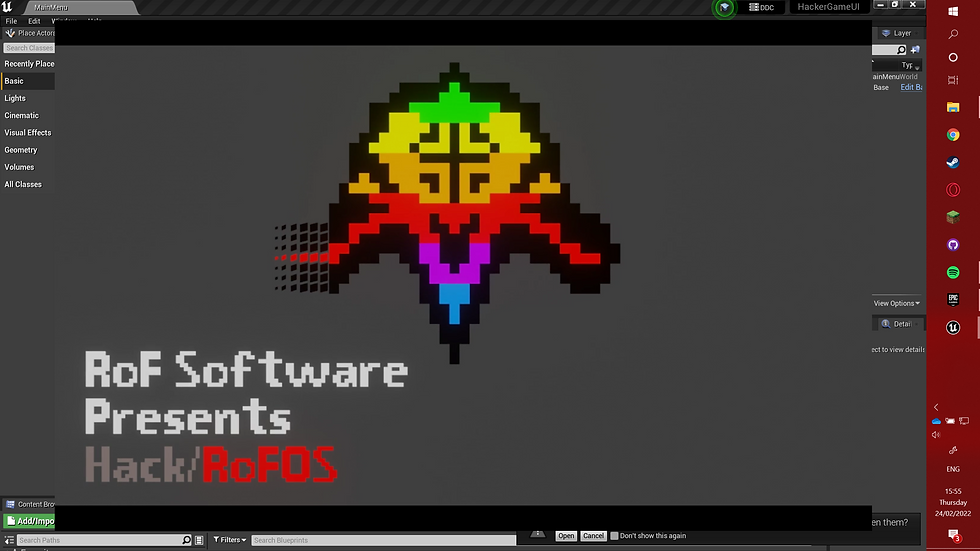
The game starts with a rough 80's-90's software look.

The game saves are referred to as "Machines" making them look like the classic Virtual Machine idea, the interface mimicking virtualization software.

You can create new saves using the New Machine button.

And you can switch between them.
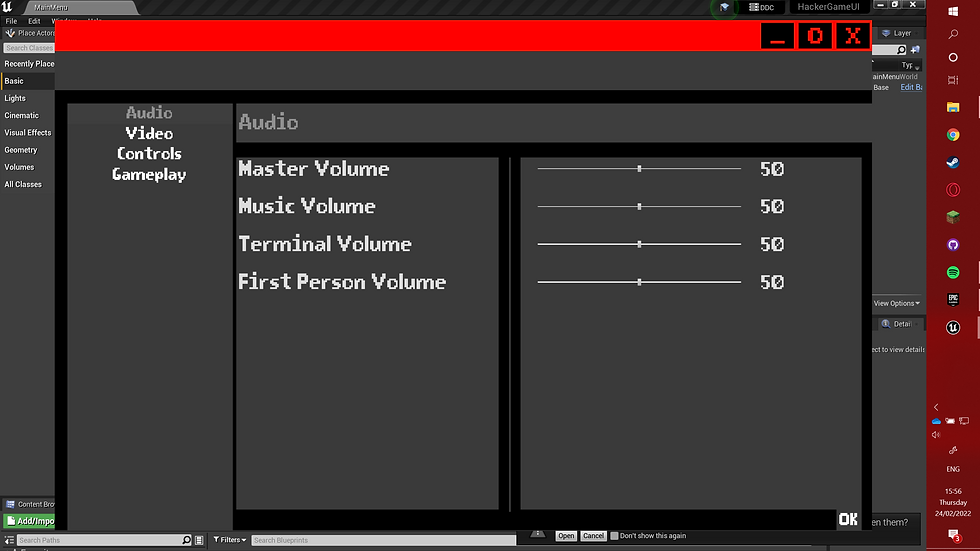
The settings are divided in 4 different pages. This one shows the different sliders used for audio settings.

The "Video" tab shows different video settings, the aspect ratios change the actual resolution selections.
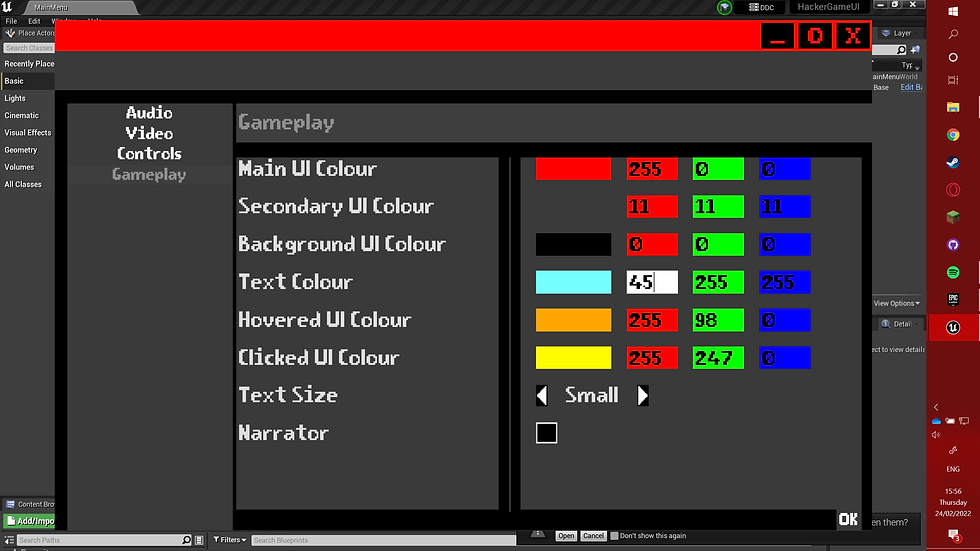
The "Gameplay" tab is a mix of accessibility and customization options. The main menu actually starts with the narrator asking the player to press "n" to enable narration.
Once you start the game you are greeted with the diegetic menu present on the phone.
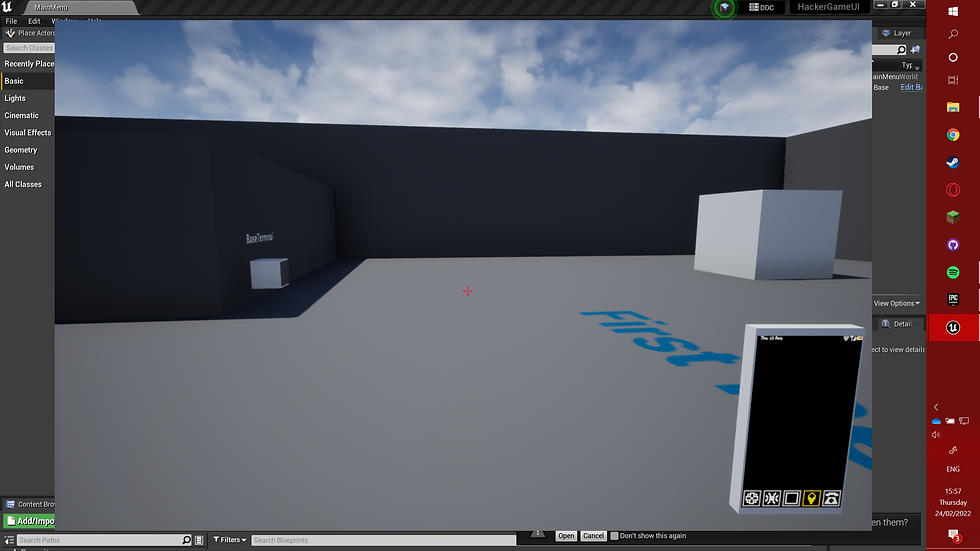
The phone can be switched to the other hand and can be controlled using the arrow keys.

Every in world computer can potentially be started and even "hijacked" by plugging the phone in.
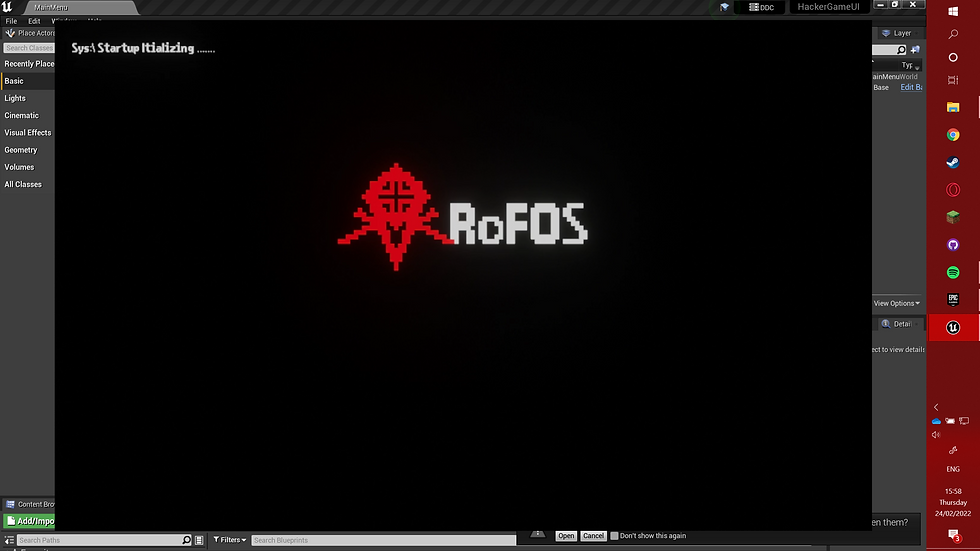
The intro is animated and it immerses the player into the terminal aesthetic of the game.
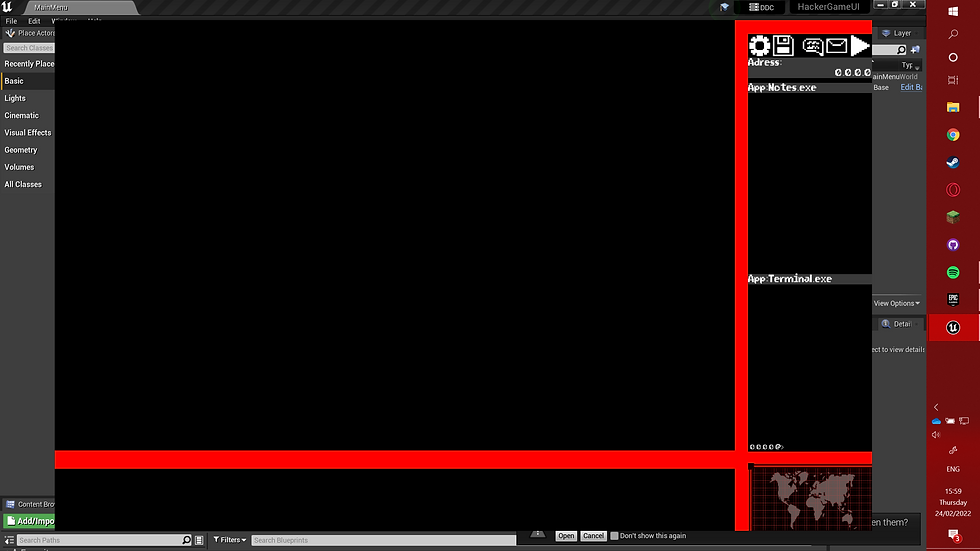
This is a showcase of the "hacking OS" that is used to extract different kinds of information.
The address is also randomized for every computer, this one showing the default 0.0.0.0.0.
I wish I could actually continue this project, as I adore hacking simulators. The UI is a bit clunky and it was done only for demonstration purposes, but with some help, this could actually be turned into a completely functional game.




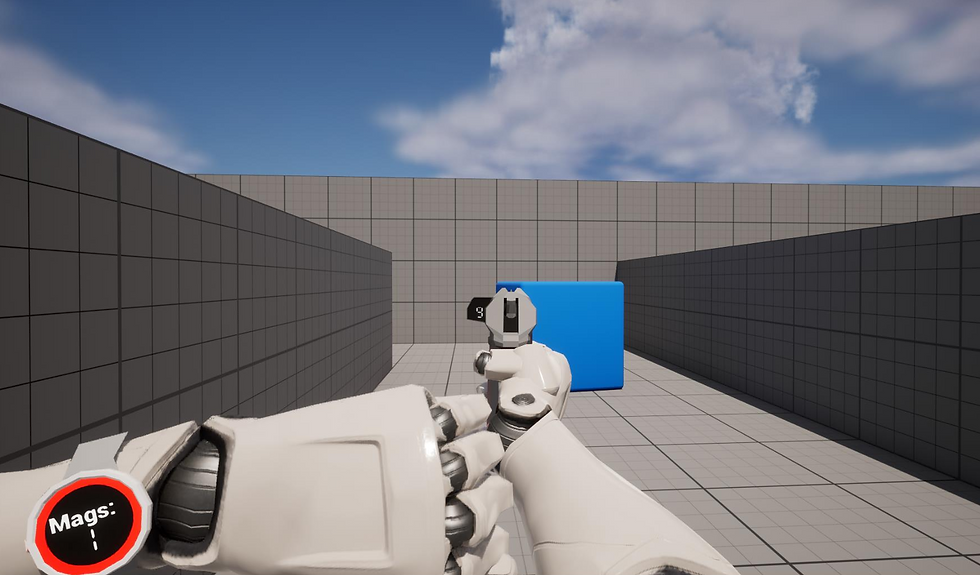
Comments